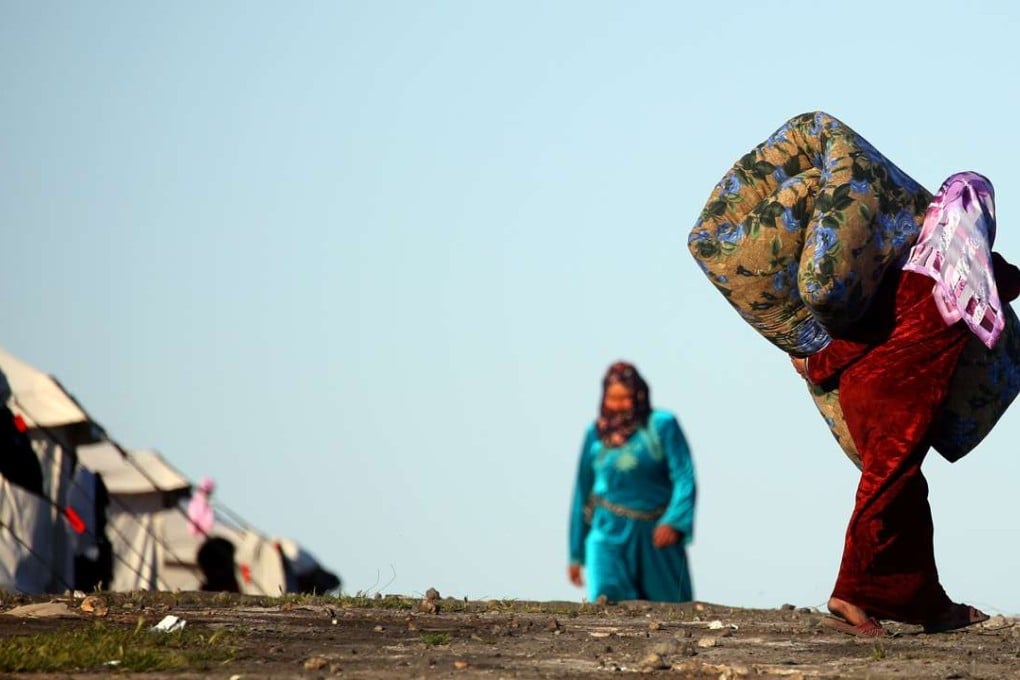Donald Trump was right to strike the Syrian regime. Now what?
Niall Ferguson says the US president made the correct call to respond to Assad’s chemical attack, showing up Obama’s failure in 2013, and hopes the bombing is part of a coherent strategy on the Middle East

My view of Trump’s action is more positive. It is not that I think one salvo of missiles is going to end the civil war in Syria. Of course it won’t. But I think we can now discern the beginning of the improvement in US foreign policy we have been waiting for ever since president Barack Obama packed his bags, collected the biggest book advance in history and departed to the eight-bedroom schloss in Kalorama where he now resides.
In the summer of 2012, Panetta, secretary of state Hillary Clinton, CIA director David Petraeus and chairman of the joint chiefs Martin Dempsey all pressed Obama to arm rebel groups. Obama reluctantly authorised CIA training of just 10,000 rebel fighters. These fighters prove useless.
